Introduction
Duck gizzards, a culinary delight enjoyed across various cultures, offer a unique texture and flavor that makes them a staple in many dishes. Whether you’re preparing them for a hearty stew, a savory appetizer, or incorporating them into a complex recipe, understanding how long to boil duck gizzards is crucial to achieving the perfect doneness. This guide aims to provide a comprehensive understanding of the boiling process, tips for preparation, and various cooking methods to ensure your duck gizzards are tender, flavorful, and cooked to perfection.
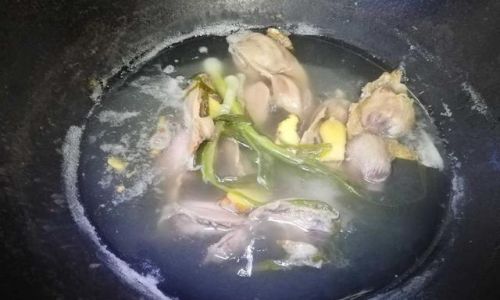
Understanding Duck Gizzards
Before diving into the cooking process, it’s essential to understand what duck gizzards are. The gizzard, often referred to as the “stomach” in layman’s terms, is a muscular organ in birds that helps grind food. In ducks, it’s particularly tough and fibrous due to its role in breaking down the tough plant material they consume. This texture can be both a blessing and a challenge when cooking, as it requires specific techniques to tenderize.
Preparation Before Boiling
-
Cleaning and Trimming: The first step in preparing duck gizzards is to clean them thoroughly. Start by rinsing them under cold running water to remove any debris or dirt. Use a sharp knife to trim off any excess fat, sinew, or tough membranes. This step is crucial as it ensures a cleaner taste and a more pleasant texture.
-
Soaking: Soaking the gizzards in a saltwater solution (about 1 tablespoon of salt per quart of water) for 30 minutes to an hour can help draw out excess blood and impurities, further enhancing their flavor. After soaking, rinse them again under cold water.
-
Seasoning: Once cleaned and trimmed, you can season the gizzards to your liking. Common seasonings include salt, pepper, garlic powder, and paprika. For a more complex flavor profile, consider marinating the gizzards in a mixture of vinegar, soy sauce, honey, and spices overnight.
Boiling Duck Gizzards: The Basics
Boiling duck gizzards is a straightforward cooking method that preserves their natural flavors while tenderizing the meat. Here’s a basic guide to boiling duck gizzards:
-
Bringing Water to a Boil: Fill a large pot with enough water to fully submerge the gizzards. Add seasoning such as salt, peppercorns, bay leaves, and garlic cloves for added flavor. Bring the water to a rolling boil over high heat.

-
Adding the Gizzards: Once the water is boiling, carefully add the prepared gizzards to the pot. Reduce the heat to a simmer to avoid overcooking the exterior before the interior has a chance to cook through.
-
Cooking Time: The cooking time for duck gizzards can vary depending on their size and the desired level of doneness. Generally, duck gizzards should be boiled for about 45 minutes to an hour. Smaller gizzards may require less time, while larger ones may need up to 90 minutes.
-
Testing for Doneness: To check if the gizzards are done, use a fork or a sharp knife to pierce the thickest part. The meat should be tender and offer little resistance. If there’s any pinkness or the texture feels too firm, continue cooking for another 10-15 minutes and test again.
-
Cooling and Serving: Once cooked, remove the gizzards from the pot using a slotted spoon and let them cool slightly on a plate or cutting board. You can serve them hot, warm, or at room temperature, depending on your recipe or preference.
Advanced Cooking Techniques
While boiling is a straightforward method, there are several advanced techniques that can elevate your duck gizzard dishes:
-
Pressure Cooking: Using a pressure cooker can significantly reduce the cooking time while retaining moisture and flavor. Pressure-cooked duck gizzards can be ready in as little as 20-30 minutes, depending on the pressure level and the size of the gizzards.
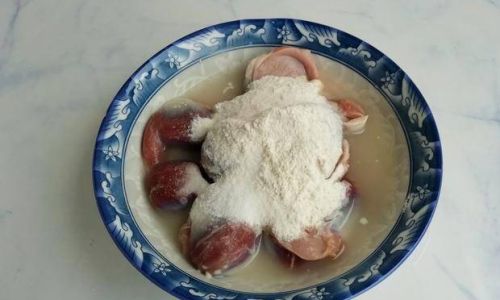
-
Slow Cooking: For a more tender and flavorful result, consider slow cooking the gizzards in a crockpot or slow cooker. This method allows the gizzards to simmer gently in a flavorful broth for several hours, breaking down the fibers and infusing the meat with rich, deep flavors.
-
Grilling and Smoking: After boiling or pressure cooking, you can finish the gizzards on the grill or in a smoker for a smoky, caramelized exterior. This adds another layer of flavor and texture to the dish.
-
Stir-Frying: For a quick and easy meal, slice the cooked gizzards and stir-fry them with vegetables, sauces, and spices. This method is perfect for a busy weeknight dinner.
Storage and Reheating
Cooked duck gizzards can be stored in an airtight container in the refrigerator for up to 3-4 days. To reheat, place them in a single layer on a baking sheet and bake at 350°F (175°C) until heated through, or simmer them gently in their own juices or a flavorful broth.
Conclusion
Boiling duck gizzards may seem like a simple task, but achieving the perfect balance of texture and flavor requires attention to detail and a bit of culinary finesse. By following the guidelines outlined in this guide, you’ll be able to cook duck gizzards that are tender, juicy, and bursting with flavor. Whether you’re preparing them for a family dinner, a festive gathering, or a simple weeknight meal, duck gizzards are a versatile and delicious addition to your culinary repertoire. Happy cooking!
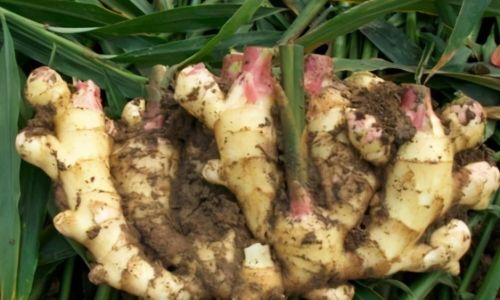

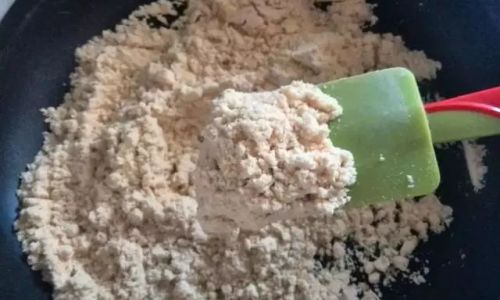
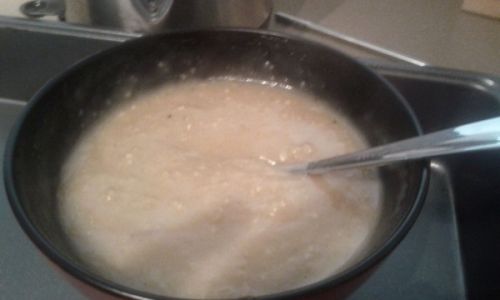
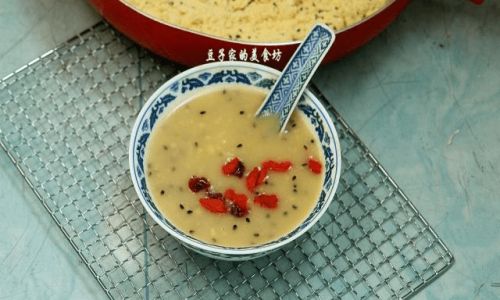
0 comments